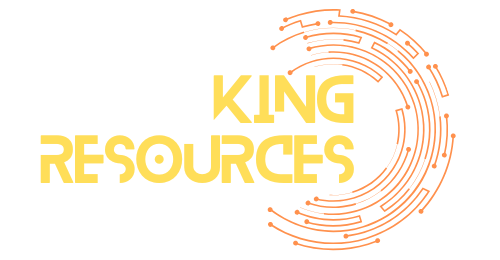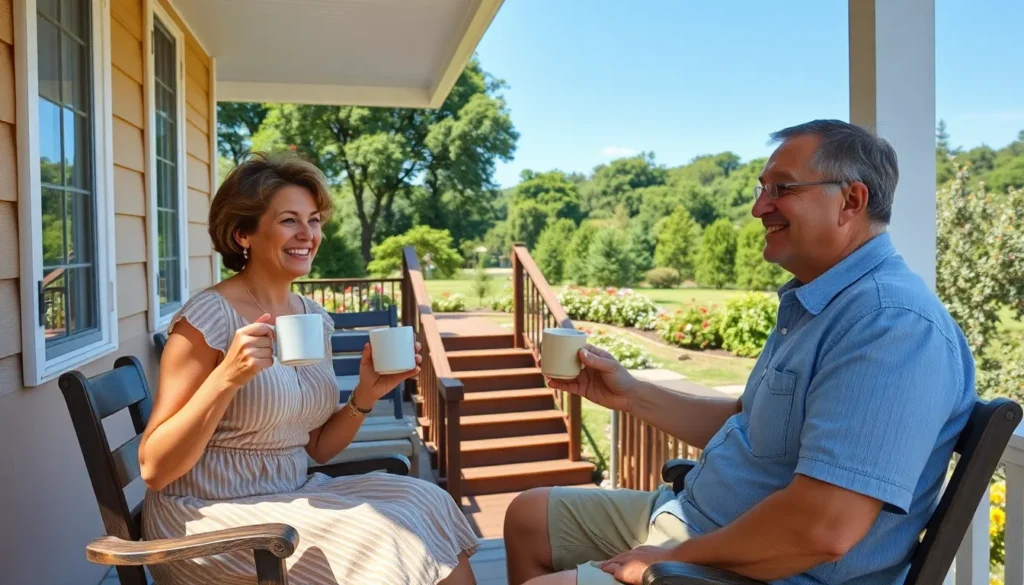Investing in a second property can feel like deciding to adopt a pet—exciting yet slightly terrifying. After all, who wouldn’t want a vacation home or an investment property that could bring in some extra cash? But before diving headfirst into this new adventure, there’s one crucial step: the down payment. It’s the golden ticket that can unlock the door to your real estate dreams.
Table of Contents
ToggleUnderstanding Down Payment For Second Property
A down payment plays a vital role in securing a second property. It represents a significant first step toward homeownership beyond the primary residence.
Importance of Down Payment
A substantial down payment builds equity instantly, making future financial moves easier. Lenders often view a larger down payment as a sign of stability, leading to better loan terms. Higher down payments can also reduce monthly mortgage payments, easing overall financial strain. Many investors consider down payments as investments into their future. When planning for a second property, individuals should prioritize how much they can put down.
Typical Down Payment Percentages
Typically, down payment percentages range from 10% to 25% of the property’s purchase price for second homes. Many mortgage programs require at least 20% to avoid private mortgage insurance (PMI). Second home buyers often find that putting down more than 20% can lower their interest rates. Certain lenders offer options requiring as little as 10% for investment properties, though terms may vary. Each property type influences the required percentage, so it’s crucial to research specific lender requirements and market conditions.
Financing Options for Second Property
Exploring financing options is essential for acquiring a second property. Various loan types cater to diverse financial situations.
Conventional Loans
Lenders typically offer conventional loans for second properties with down payments between 10% and 25%. A higher down payment often results in better loan terms and lower interest rates. Many borrowers choose this route due to its flexibility and competitive market rates. Credit scores also play a vital role. Generally, a score of 620 or higher enhances approval chances. This option is ideal for those with solid credit histories and stable incomes.
FHA Loans for Second Properties
FHA loans primarily serve as an option for primary residences but can occasionally apply to second properties under specific conditions. Generally, these loans allow a down payment as low as 3.5%. However, the property must meet the lender’s guidelines, typically limiting the homeowner to one FHA loan at a time. Lenders often require higher interest rates for second properties, making it essential for buyers to evaluate long-term costs. Many consider FHA loans when facing challenges in securing conventional financing.
Factors Influencing Down Payment Amount
Several factors influence the amount required for a down payment on a second property. Understanding these variables helps buyers make informed financial decisions.
Credit Score Impact
Credit score plays a significant role in determining down payment requirements. Higher credit scores, often above 740, can lead to down payments as low as 10%. Conversely, scores between 620 and 740 might necessitate a down payment closer to 20% or more. Lenders view strong credit histories as indicators of reliability and can offer better loan terms in return. Buyers should check their credit reports to identify areas for improvement before applying for a second mortgage.
Property Type Considerations
Property type impacts down payment amounts considerably. Vacation homes often require at least 10% down payment, while investment properties may demand 20% or more. Lenders view investment properties as higher risk, leading to stricter down payment policies. Financing options may also vary; for example, multifamily units generally require larger down payments due to their potential for generating income. Understanding these differences helps buyers navigate the financing landscape effectively.
Strategies to Save for Down Payment
Saving for a down payment on a second property requires discipline and strategy. Employing specific methods can streamline this process.
Budgeting and Financial Planning
Establishing a clear budget forms the foundation for effective saving. Tracking income and expenses helps identify areas to cut costs and allocate more towards savings. Setting a specific savings goal boosts motivation. Aiming for a down payment of 20%, for instance, directs focus on reaching that target. Regularly reviewing the budget keeps finances on track, allowing for adjustments as needed. Additionally, using budgeting apps or spreadsheets supports better financial planning and tracking progress toward the down payment goal.
Utilizing Gift Funds
Accepting gift funds from family members can significantly ease the burden of saving for a down payment. Many lenders allow gift funds to count towards the down payment, reducing the financial strain on buyers. Confirming with lenders ensures that these funds meet the necessary requirements. It’s essential to document the gift properly to avoid complications later in the financing process. Discussing this option with family members early can streamline the process and clarify any limits regarding the amount. Taking advantage of gift funds could substantially decrease the time it takes to achieve the down payment goal.
Conclusion
Investing in a second property can be a fulfilling venture that opens doors to new opportunities. The down payment is a key element in this journey. It not only lays the groundwork for ownership but also enhances financial stability and improves loan terms.
By understanding the requirements and exploring various financing options, buyers can make informed choices that align with their financial goals. With careful planning and disciplined saving strategies, achieving that down payment becomes more attainable.
Navigating this process with knowledge and confidence can lead to a rewarding investment that complements their lifestyle and financial aspirations.









